Last week I shared an article from the Washington Post which stated, “the statistical likelihood of any given public school student being killed by a gun, in school, on any given day since 1999 was roughly 1 in 614,000,000.”
Over the weekend I read another article from the Washington Post, which cited additional statistics:
- It is 10 times more likely that a student will die on the way to school.
- More children have died from lightning strikes than from mass shootings in schools in the past 20 years.
- Restaurants have 10 times as many homicides as schools.
- Our chances of dying in a fire (all occupancy types) are also much greater — 1 in 1,500.
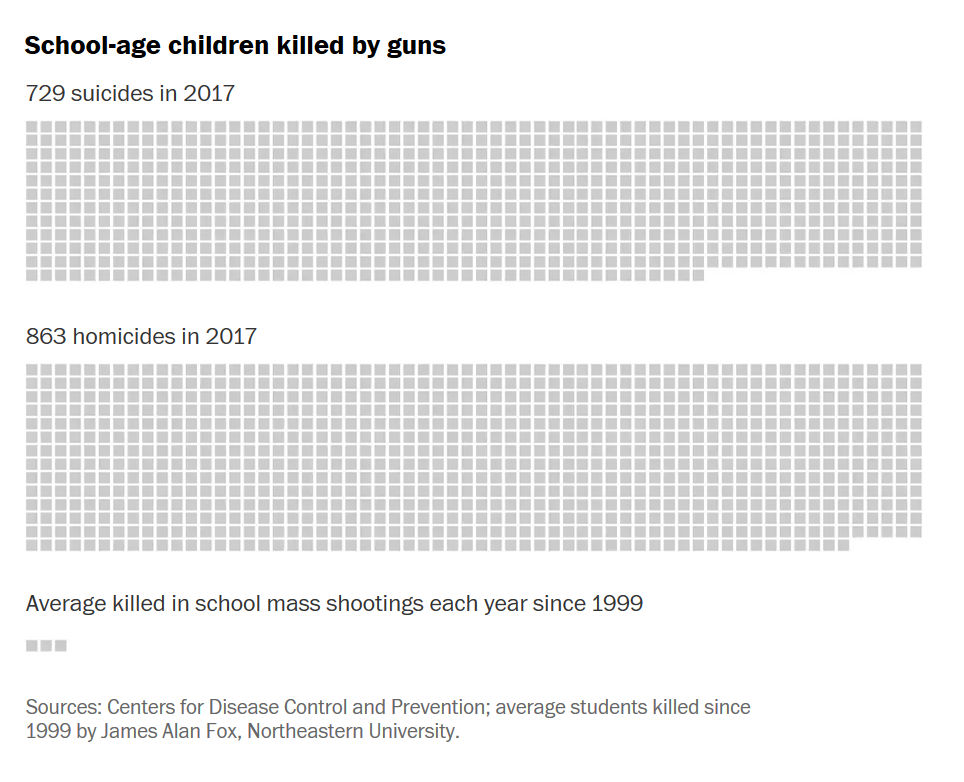 Some of the statistics in the article come from important research by James Alan Fox and Emma E. Fridel of Northeastern University. There is more from their study in this article.
Some of the statistics in the article come from important research by James Alan Fox and Emma E. Fridel of Northeastern University. There is more from their study in this article.
After my post from last week, several people asked about statistics on fires in schools. This question has come up a lot lately, because some proponents of non-code-compliant classroom barricade devices have stated that the fire codes are outdated and the risk of a school shooting outweighs the risk of fire. Many of these individuals make the argument that schools have sprinkler systems that will put out a fire, so students and teachers can “shelter in place” – and that egress is not necessary.
I disagree. Evacuation is a critical component of a school’s emergency plan – especially when all of the potential hazards are considered – fire or bomb threats, chemical spills, severe weather, bullying/fights, suicide/mental health issues, drug/alcohol-related incidents, etc. Not to mention that there are plenty of code-compliant security products that can provide the necessary level of security without violating the codes.
So…are fires in schools a threat that we need to be concerned with?
Yes – fires are a threat – school fires are not uncommon. According to the National Fire Protection Association (NFPA), between 2013 and 2017, there were an average of 4,859 structure fires per year in educational facilities, with a total of 56 civilian injuries and 1 civilian death, and $57,357,147 in property loss. These statistics include all educational properties, with an annual average of 3,318 fires occurring in facilities for preschool through grade 12.
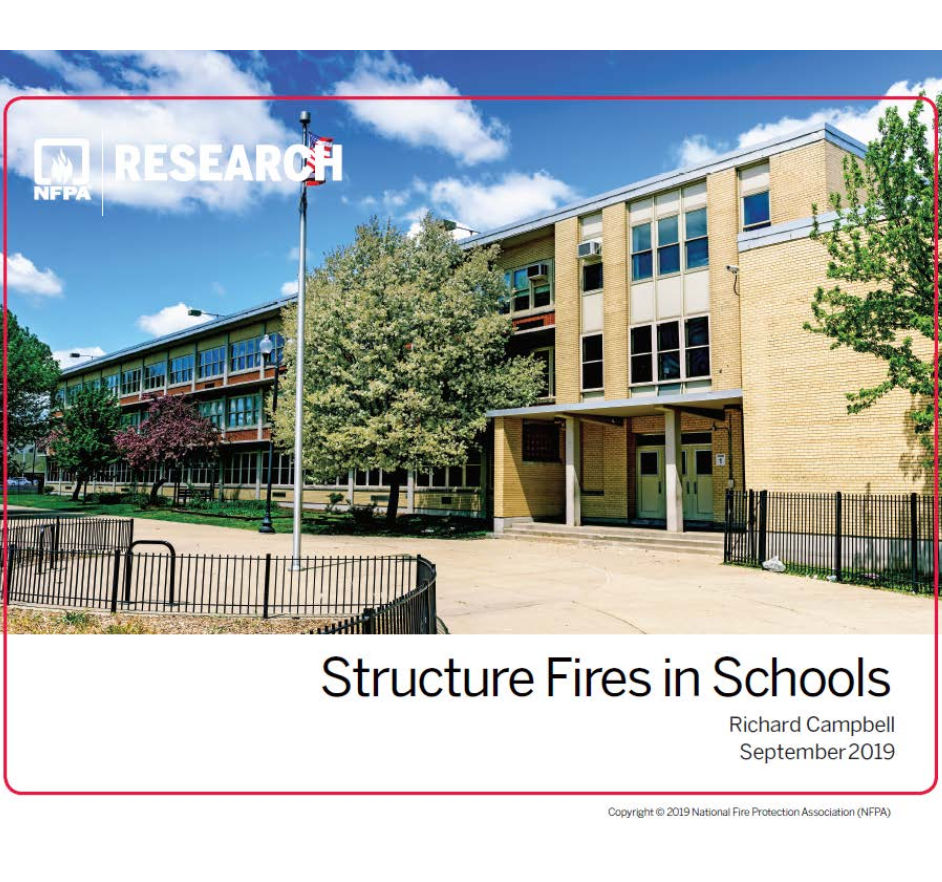 Critics of the fire code requirements point out the low number of fatalities associated with school fires, but in my opinion, this number attests to the success of the current codes and consistent enforcement. In 1958, the fire at Our Lady of the Angels School resulted in 95 fatalities (see NFPA stats on school fires). True, that was 61 years ago, but consider this…what has changed in the last 61 years to reduce the number of fire fatalities in schools? Clearly, based on the statistics, fires in schools still occur, but very few people die. If the codes had not changed, or if the codes were not enforced, we would still be seeing high-fatality fires in schools.
Critics of the fire code requirements point out the low number of fatalities associated with school fires, but in my opinion, this number attests to the success of the current codes and consistent enforcement. In 1958, the fire at Our Lady of the Angels School resulted in 95 fatalities (see NFPA stats on school fires). True, that was 61 years ago, but consider this…what has changed in the last 61 years to reduce the number of fire fatalities in schools? Clearly, based on the statistics, fires in schools still occur, but very few people die. If the codes had not changed, or if the codes were not enforced, we would still be seeing high-fatality fires in schools.
And do all schools have sprinkler systems that will protect students and teachers who can’t evacuate?
No – many schools don’t have sprinkler systems. Plans for past school shootings, including the one at Columbine High School, have included the use of fire and explosives, so it’s not unlikely that a fire could occur while a school’s egress doors are secured. Do sprinkler systems offset the need for code-compliant egress? Last month, NFPA published Structure Fires in Schools, which includes additional information on school fires. This document states: “A report on the U.S. Experience with Sprinklers by Marty Ahrens found that sprinklers were present in only 39 percent of the reported fires in educational properties. A recent report from the UK found that sprinkler systems were not present in any of 46 school fires attended by London firefighters in 2019.”
Fires do occur in educational facilities – almost 5,000 times each year. And based on the average age of US public school buildings, it is estimated that less than half are equipped with sprinkler systems. Today’s building codes and fire codes are working to protect the life safety of building occupants, and the 2018 model codes have been modified to address classroom security. Compliance with these codes is crucial in order to address all of the hazards that educational facilities may face.
For more information, visit:
Allegion – 5 Things Schools Should Know About Security
Partner Alliance for Safer Schools – 5 Reasons Schools Should Avoid Classroom Barricade Devices
You need to login or register to bookmark/favorite this content.

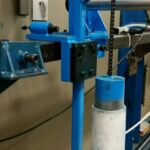
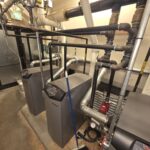

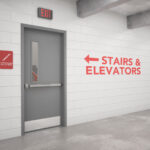
In the two months since school opened in Baltimore County (over 800,000 population, not part of the City of Baltimore) there have been a half dozen school fires – most trash cans in restrooms. And one boiler explosion with one injured.
Faculty are instructed to pull the fire alarm if they encounter multiple people brawling, pepper spray discharge, etc. The fire alarm shocks the students sufficiently that they immediately evacuate.
Spend some time in a major urban school district and I think you will be surprised the type and quantity of incidents that occur during the school year.
That 1 death was the preschool fire right?
No death, just injury after a gas vapor cloud exploded and toppled an 80 ft chimney – minor injury from flying debris. The boiler area is a separate building from the school – the injury was a maintenance worker.